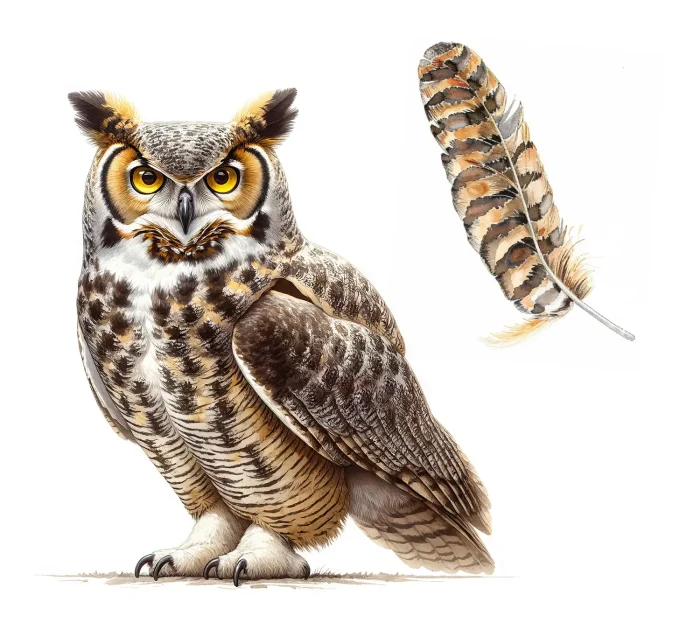

Great Horned Owl
Hoot Owl, Cat Owl, Tiger Owl, Night Eagle
Bubo virginianus
This page may contain affiliate links.
Read our disclosure and privacy policy here.
The Great Horned Owl is one of the most recognizable and fascinating birds of prey found in the Americas. With its deep hooting voice, striking yellow eyes, and long, ear-like tufts, this owl captures the imagination. It’s known for its incredible adaptability, living in a wide range of habitats from deserts to forests, and even in urban areas. Great Horned Owls are formidable hunters, with a diet as diverse as their habitat.
Great Horned Owl

There’s a lot to explore right where we are, in our own neighborhoods and backyards! Join us while we get off the couch and explore the everyday wonders of nature, science, space, engineering, art, and anything else we stumble upon during on our adventures.







